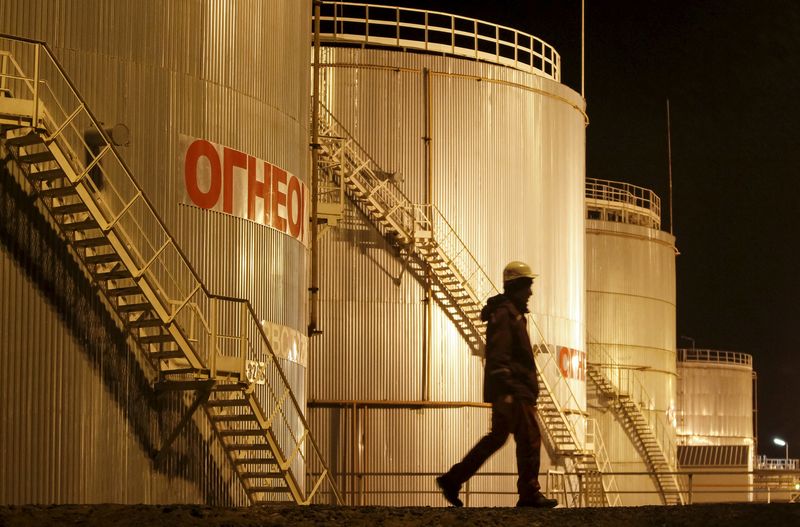By Barani Krishnan
Investing.com - Oil managed to eke out a gain after starting the week with the worst tumble in 16 months, leaving longs in the market shaken but unscathed.
What oil bulls need to hope for in coming weeks is that the consumption of U.S. gasoline does not let up in a significant way that will allow reports of Covid cases emerging from the Delta variant to usurp the demand narrative.
New York-traded West Texas Intermediate crude, the benchmark for U.S. oil, settled up 16 cents, or 0.2%, at $72.07 per barrel. For the week, WTI lost 0.4
London-traded Brent, the global benchmark for oil, settled up 31 cents, or 0.4%, at $74.10. For the week, Brent rose 0.7%.
WTI’s 7% plunge on Monday was the first rude awakening in two months for longs in the market, who in that period managed to push prices up by 25% on the back OPEC+’s success in clearing the crude glut from the pandemic to create the so-called tight oil — or supplies at or just below five-year seasonal levels.
The 23-nation OPEC+ — which groups the 13 member Saudi-led Organization of the Petroleum Exporting Countries with 10 other oil producers led by Russia — said last week it will raise supply by 2 million barrels from August through December.
While it was the first major production increase by a group that had previously cut 10 million barrels a day at the height of the pandemic, the OPEC+ manoeuvre still rattled investors amid a risk aversion on Monday that hit stock markets and almost every other risk asset.
“We need to realize that much of the oil demand that’s being touted is now held up by one thing: U.S. gasoline,” said John Kilduff. “Unless jet fuel takes off in a big way again from the restart of global travel, the demand picture could be more implied than real. If gasoline, for any reason, doesn’t perform as expected, oil could have a real problem then.”
